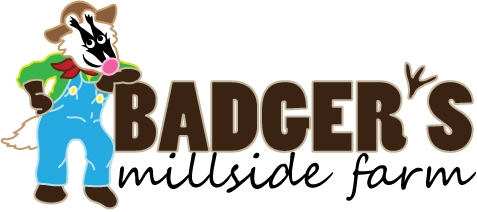Featured, poultry processing
Chilling Requirements for Chickens and Turkeys
Properly chilling your poultry is a critical part in ensuring the quality of your product. Let me say that again just to emphasize how important this concept is…properly chilling your poultry is a critical part of ensuring the quality of your product. This point really cannot be emphasized enough; however, I will refrain from repeating it again.
As pastured poultry producers, we’ve done a lot to ensure that we are raising a high quality product for our consumers. We choose feed that is of the highest quality, ensure our birds are getting enough grit to make good use of that feed, provide clean drinking water, and allow our birds the opportunity to enjoy the sunshine on their backs and the bugs from the grass. To not properly chill our birds after processing just does not make sense.
The way to appropriately check the temperature of your bird is to probe it with a thermometer in the thickest part of the breast. Although a chicken may feel “cold” to the touch, the meat must be chilled through to prevent trapping warm air in the bag. Bagging a warm chicken and sticking it into the freezer runs the risk of spoiling the meat. Proper chilling also includes parts and giblets.
Chilling protocols need to be part of a producers’ standard operating procedures and is best kept in writing for all interns, farm helpers, and others who may volunteer their time on processing day. These procedures will prevent the outgrowth of pathogens.
The “danger” zone of meat is between 40 and 140 degrees, as this temperature range enables bacteria, such as Salmonella and Campylobacter, the opportunity to multiply. Properly chilling your poultry can halt the multiplication of the bacteria, but it does not remove any of the pathogens from the meat. And, of course, proper handling and cooking destroys the pathogens that cause food borne illnesses.
According to FSIS Compliance Guide: Modernization of Poultry Slaughter Inspection: Chilling Requirements: All poultry that is slaughtered and eviscerated in the official establishment shall be chilled immediately after processing so that the internal temperature of poultry carcasses and major portions weighing under 4 pounds was reduced to 40°F or below within 4 hours of processing; carcasses weighing 4 to 8 pounds, within 6 hours of processing; and those weighing over 8 pounds, within 8 hours of processing unless such poultry is to be frozen or cooked immediately at the official establishment. Once chilled, poultry to be packaged and shipped is to be stored at 40°F or less.
